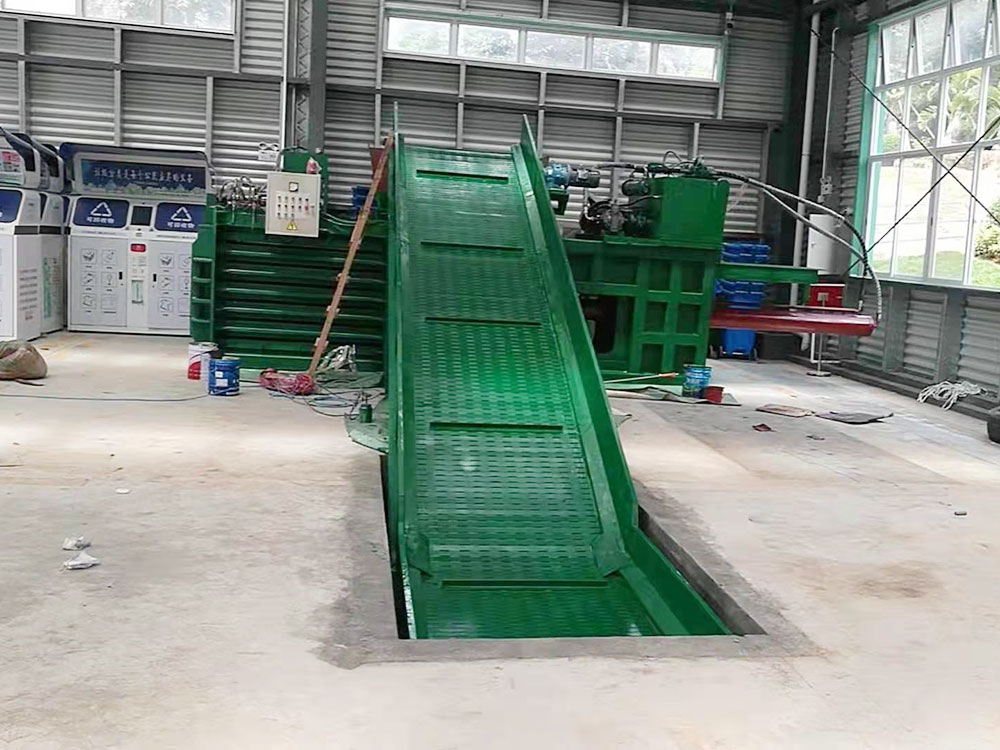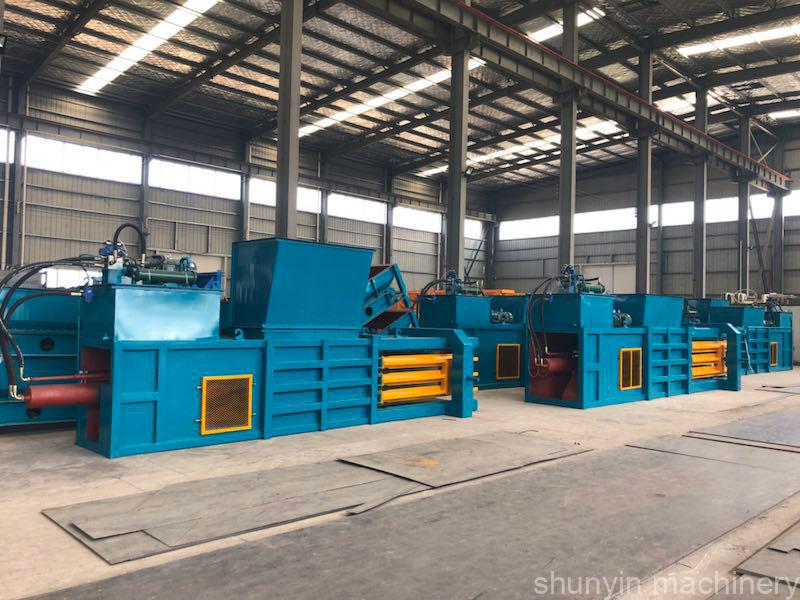
Are you trying to determine the cost of cardboard bales but finding conflicting information? Many businesses struggle with fluctuating prices, impacting budgeting and profitability. Understanding the factors influencing bale prices is essential for making informed decisions.
The price of a cardboard bale typically ranges from $100 to $300 USD per ton, depending on factors like bale size, weight, quality, and market demand. Prices can fluctuate based on location, supplier, and whether the cardboard is clean or mixed. For accurate pricing, it’s best to request quotes from local recyclers or baler suppliers.
Imagine consistently getting fair prices for your cardboard, maximizing your recycling profits and reducing waste management costs. This clarity can transform your approach to cardboard recycling and sales.
How much does a bale of cardboard cost?
Have you ever been uncertain about how much you should expect to pay for a bale of cardboard? This uncertainty can hinder your ability to budget effectively and manage expenses.
A bale of cardboard generally costs between $50 and $150, depending on factors like quality, size, and the supplier’s location.

Factors Influencing Cardboard Bale Prices
Understanding the various elements that affect the price of cardboard bales is crucial for both buyers and sellers. These factors determine the overall cost and can help you negotiate better deals.
Quality of Cardboard
Higher quality cardboard, which is cleaner and free from contaminants, commands a higher price. Recyclers prefer clean, sorted cardboard as it reduces processing costs and increases the efficiency of recycling operations.
Quantity Purchased
Bulk purchases often lead to lower per-bale costs. Suppliers may offer discounts for larger orders, making it more economical for businesses that need significant amounts of cardboard for their operations.
Market Demand and Supply
Prices fluctuate based on the current market demand and supply. During peak recycling seasons or economic downturns, the price per bale can vary significantly. Staying informed about market trends can help you anticipate price changes and make strategic purchasing decisions.
| Factor | Impact on Price |
|---|---|
| Quality | Higher quality increases the price |
| Quantity | Larger orders may decrease the price |
| Market Demand | High demand can drive prices up |
| Supply Availability | Limited supply can increase prices |
| Location | Proximity to suppliers affects costs |
By considering these factors, you can better understand the pricing dynamics and negotiate effectively with suppliers to ensure you receive the best possible price for your cardboard bales.
How much do scrap yards pay for cardboard?
Are you wondering how much scrap yards are willing to pay for your cardboard? This knowledge is vital for maximizing your returns and optimizing your recycling strategy.
Scrap yards typically pay between $80 and $120 per bale of cardboard, influenced by factors like location, quality, and current market rates.

Determining Scrap Yard Payouts
Scrap yards assess several criteria when determining how much to pay for cardboard bales. Understanding these can help you present your materials in the best possible condition to receive higher payouts.
Location and Accessibility
Scrap yards located in urban areas or regions with high demand for recycled materials often offer better prices. Additionally, accessibility can influence the cost, as transporting materials from remote locations may incur additional fees.
Quality and Sortation
Clean, well-sorted cardboard without contaminants fetches higher prices. Scrap yards prefer materials that require minimal processing, which reduces their operational costs and increases their profit margins.
Current Market Rates
The recycling market is subject to fluctuations based on global commodity prices and local demand. Keeping an eye on these trends can help you time your sales to coincide with higher market rates, maximizing your earnings.
Maximizing Payouts from Scrap Yards
To ensure you receive the highest possible payout for your cardboard bales, consider the following strategies:
Maintain High Quality
Ensure your cardboard is clean and free from contaminants. Remove any non-recyclable materials such as plastic wraps, Styrofoam, or tape before baling.
Increase Volume
Selling larger quantities can sometimes qualify you for bulk discounts or higher per-bale prices. Establishing a consistent supply can also build a strong relationship with scrap yard operators, potentially leading to better rates over time.
Stay Informed on Market Trends
Monitor recycling market trends and global commodity prices. Timing your sales during periods of high demand or favorable prices can significantly impact your earnings.
| Strategy | Benefit |
|---|---|
| Maintain Quality | Higher payouts |
| Increase Volume | Bulk discounts and better rates |
| Market Awareness | Maximizing earnings during high demand |
| Build Relationships | Potential for better deals and loyalty |
By implementing these strategies, you can optimize your sales process and achieve better financial outcomes when selling cardboard to scrap yards.
What is the value of cardboard?
Are you questioning the overall value of cardboard in the recycling market? Understanding its worth can help you make informed decisions about recycling and selling your materials.
The value of cardboard lies in its recyclability and demand across various industries, making it a valuable commodity with significant economic and environmental benefits.

Economic Value of Cardboard
Cardboard holds substantial economic value due to its versatility and widespread use in packaging and shipping. Its recyclability makes it an essential material in the circular economy, reducing the need for virgin resources and lowering production costs for manufacturers.
Recycling Cost Savings
Recycling cardboard saves businesses significant amounts on material costs. By reusing cardboard, companies can reduce their dependence on raw materials, leading to lower production expenses and increased profitability.
Market Demand
High demand for recycled cardboard in industries such as packaging, construction, and manufacturing drives its value. Companies are increasingly seeking sustainable materials to meet environmental regulations and consumer preferences, further boosting the value of recycled cardboard.
Environmental Value of Cardboard
Beyond its economic benefits, cardboard plays a crucial role in environmental sustainability. Recycling cardboard helps conserve natural resources, reduce landfill waste, and decrease greenhouse gas emissions associated with production and disposal.
Resource Conservation
Recycling cardboard conserves trees, water, and energy by reducing the need for new raw materials. This conservation supports sustainable forestry practices and minimizes the environmental impact of resource extraction.
Waste Reduction
By diverting cardboard from landfills, recycling reduces the volume of waste and the associated environmental problems, such as soil and water contamination. This waste reduction is essential for maintaining cleaner and healthier ecosystems.
Societal Value of Cardboard
Cardboard recycling also has positive societal impacts by creating jobs and supporting local economies. The recycling industry employs a significant number of people in collection, processing, and distribution, contributing to economic growth and community development.
| Aspect | Economic Value | Environmental Value | Societal Value |
|---|---|---|---|
| Recycling Savings | Reduces production costs for businesses | Conserves natural resources | Creates jobs in the recycling sector |
| Market Demand | High demand in various industries | Lowers greenhouse gas emissions | Supports local economies |
| Resource Conservation | Minimizes need for raw materials | Reduces landfill waste | Promotes sustainable practices |
| Waste Reduction | Increases profitability through reuse | Protects ecosystems from contamination | Enhances community health |
Understanding the multifaceted value of cardboard underscores its importance in both economic and environmental contexts, making it a key player in sustainable business practices.
How much can you sell cardboard for?
Are you unsure about the potential earnings from selling cardboard? Knowing the selling price can help you estimate profits and make strategic decisions about recycling and sales.
You can sell cardboard for approximately $50 to $120 per bale, depending on factors such as quality, quantity, and current market conditions.

Determining Selling Prices for Cardboard
The selling price of cardboard is influenced by several key factors that both sellers and buyers should consider to ensure fair transactions and maximize profits.
Quality and Purity
High-quality, clean cardboard without contamination commands higher prices. Contaminants like plastic, food residue, or other non-recyclable materials can lower the value of your bales, as they require additional processing to make the cardboard recyclable.
Volume and Consistency
Selling larger volumes of cardboard can lead to better pricing through bulk discounts or more favorable contracts with buyers. Consistent supply also makes you a more reliable partner, potentially resulting in long-term agreements that offer stable pricing.
Market Trends and Seasonal Demand
Cardboard prices can fluctuate based on market trends and seasonal demand. For example, prices may increase during the holiday season when packaging materials are in high demand, or decrease during off-peak times when supply exceeds demand.
Maximizing Selling Prices for Cardboard
To achieve the best possible selling prices for your cardboard, consider implementing the following strategies:
Optimize Quality Control
Ensure that your cardboard is clean and free from contaminants. Implementing strict quality control measures can enhance the attractiveness of your bales to buyers, leading to higher prices.
Build Relationships with Buyers
Establishing strong relationships with scrap yards and recycling centers can lead to better pricing and more reliable sales channels. Regular communication and reliability can make you a preferred supplier, resulting in premium prices.
Stay Informed on Market Conditions
Keeping abreast of market conditions and price trends allows you to time your sales effectively. Selling during periods of high demand or favorable prices can significantly boost your earnings.
| Strategy | Benefit |
|---|---|
| Quality Control | Higher prices for clean, uncontaminated cardboard |
| Volume Sales | Bulk discounts and better pricing |
| Buyer Relationships | Preferred supplier status and premium prices |
| Market Awareness | Timely sales during high demand periods |
By applying these strategies, you can enhance the value of your cardboard sales and ensure that you receive competitive prices in the market.
Conclusion
Understanding the pricing dynamics of cardboard bales is essential for maximizing your recycling profits and managing waste effectively. By considering factors such as quality, quantity, and market trends, you can strategically sell your cardboard to achieve the best possible returns.








